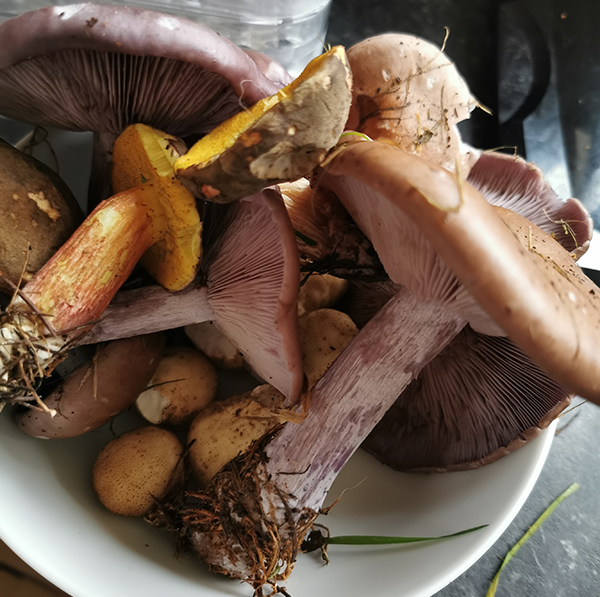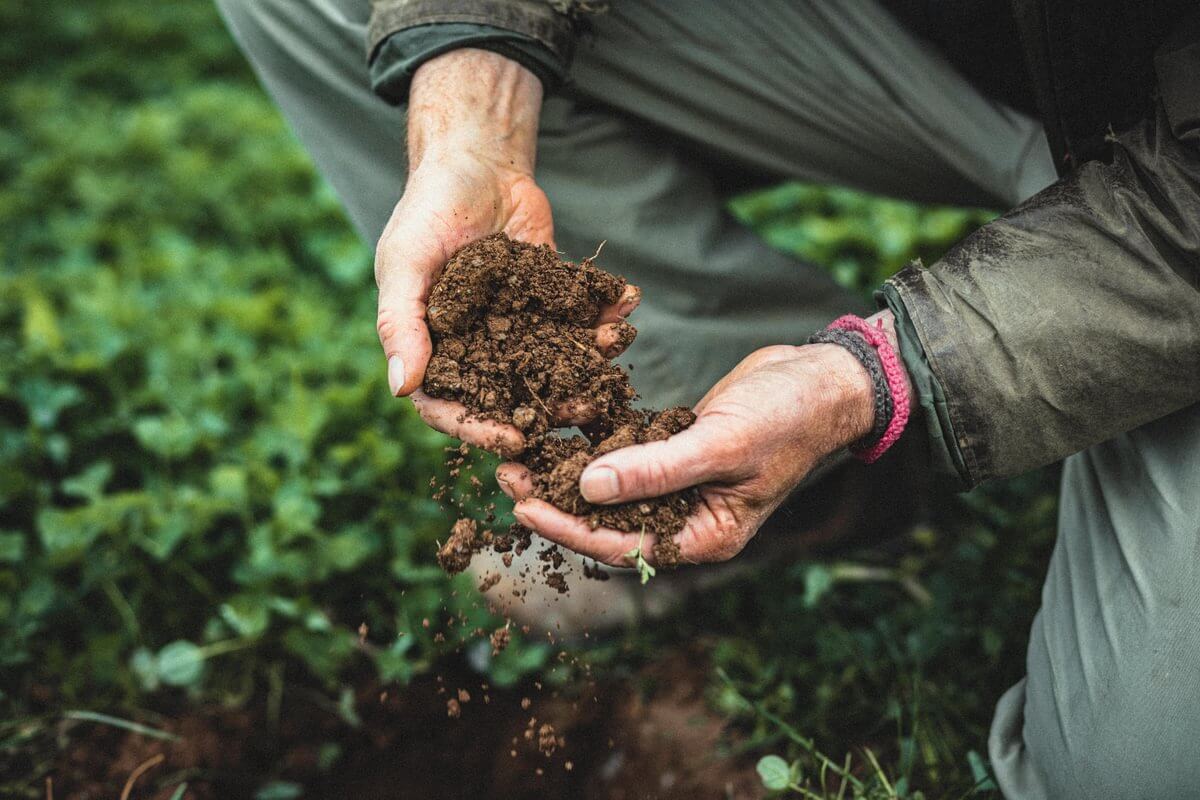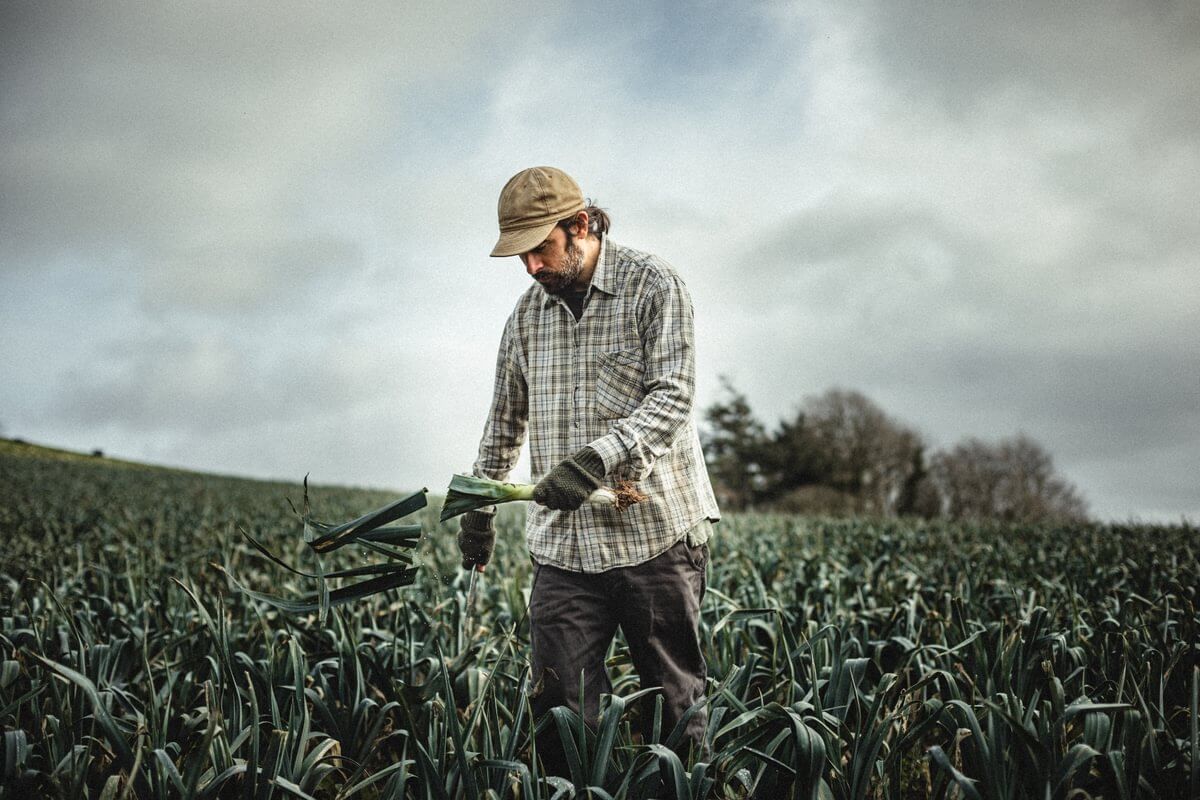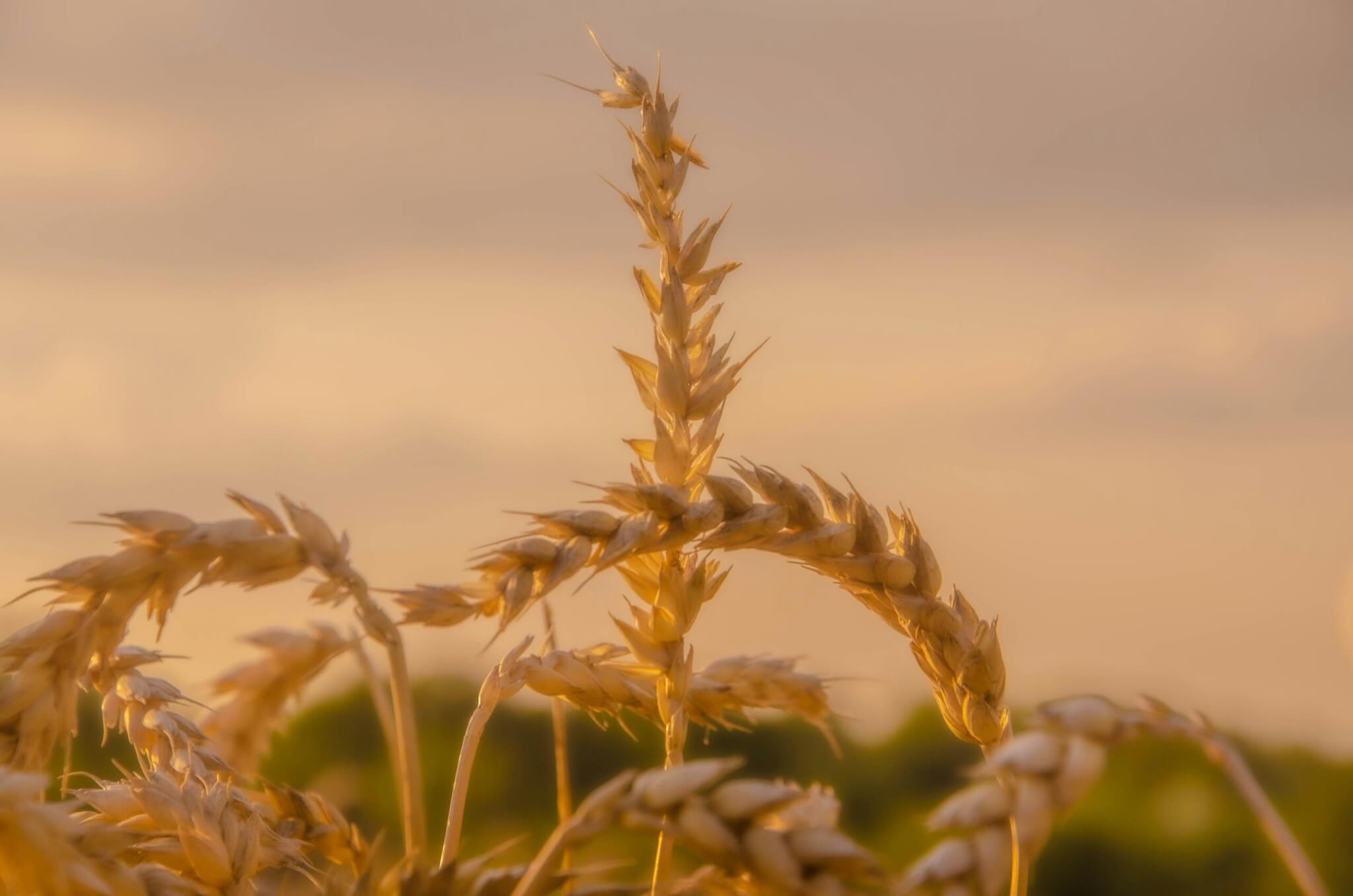It’s a touchy subject this climate change. It is one of those facts that we have to face, but simply put, some people don’t care. In fact, it is visible in the smallest of ways; as a forager, I notice tiny differences in when things are in season. Sometimes all I can do is encourage others to smell the diminishing species of wildflowers.
Earlier this year, I started noticing a few plants peeking out of the ground a little early. Wild garlic was a few weeks before I was expecting it. Alexanders were flowering in early February (even though this is a plant that can be foraged year-round, the flowers do not usually come out until March). Spring and summer passed, lockdowns came and went, and we ended up in Autumn.

Looking at the trees, it has been a bad year for nuts here in south Devon. The hazels, growing alongside a stream at a local play park, were drooping with nuts last year. This year, there was barely a bend in their branches. The chestnuts outside the office here on Riverford’s farm provided me with plump, smooth, roast-able goodies last year. Last month, they were smaller, many of them wrinkled and just not that exciting.
Berries have behaved oddly this year, too. Elderberries, in particular, seemed to either be over ripe and dry, or completely under ripe and green. Last year I remember a foraging walk to say goodbye to a friend leaving for Germany. Jana sat on my shoulders reaching high into the tree giggling over a bountiful harvest. Not this year though.
My mushroom sites, which range from small copses of deciduous trees whose leaves seemed to fall much later this year, to grass verges and banks which are still being mown by local authorities are telling a similar story. Finding third and sometimes fourth flushes of species that would usually be hibernating by now is indicating a much warmer start to Winter.

There’s a patch of unused grass opposite the new staff canteen on the farm, which has been recovering from the disruption of building works. Several types of wildflowers are cropping up among the grass and it’s been beautiful to watch nature take over again.
So, here I am, on the first of December 2020, having picked a handful of pineapple weed (Matricaria discoidea) in my lunch break. This particular gem has usually finished by the end of October and it’s got me wondering what next year will bring. Which plants will I be seeing early, or late, or even not at all?
Climate change is clearly a visible thing, especially to those who notice.















Here in northwest England it’s been an interesting year.
My wild garlic that grows naturally on my allotment was early too.
The elderberries were plentiful, and had unripe and ripe berries alongside each other, so we were able to get a good harvest over several weeks. We did well with rosehips, rowanberries, and crab apples, Hawberries were a mixture, some trees had loads, a lot had very few. I keep finding apple trees all round town, which the council must have planted at the millenium. We’ve got jam everywhere 🙂
But no sloes this year at all.
I’ve been hedgelaying today at my allotment, one of the hawthorns still has leaves on. But strangely enough those trees didn’t produce hardly any hawberries this year.
An expert forager round here said last year that some wild flowers/foods he collects were down 50% in volume, much to his alarm. As a follower of climate change and collapse of complex systems, it didn’t surprise me at all.
I have seen a lot of mushrooms this autumn – whether that’s because I’m noticing them more, or just because they have become more abundant, I’m not sure – they’re one thing I’ve not learned about harvesting yet, so we just admire them. Which is no bad thing.
Hi Mark, what a diverse wild harvest you find – it must add so much flavour and vitality to your diet. If you are interested, you can add your findings at naturescalendar.woodlandtrust.org.uk and help climate scientists gain a fuller picture of nature, as they compare with records going back over the last 280 years.
Surely the climate has always been changing. During the Roman occupation of Britain grapes were grown on Hadrians wall and in the Victorian era the Thames froze and people were able to skate and have fairs on the Thames. We need to adapt just as we always have.
Do we really have to adapt and accept that devastating bushfires in Australia for example, are a reasonable price to pay for the ability to enjoy wine made from English grown grapes ? Climate change is for real. See https://www.metoffice.gov.uk/weather/climate/science/the-science-behind-climate-change
That completely misses the point. Climate change has been happening for a very long time and in both directions over recorded history.
In terms of the metoffice article. The truth of this depends heavily on the veracity of the information entered into the computer model. As the saying goes if you put rubbish in you will get rubbish out.
Rubbish !?